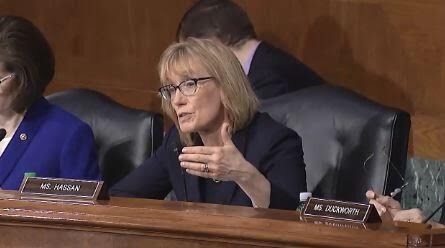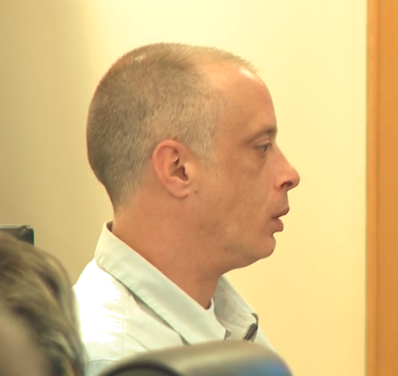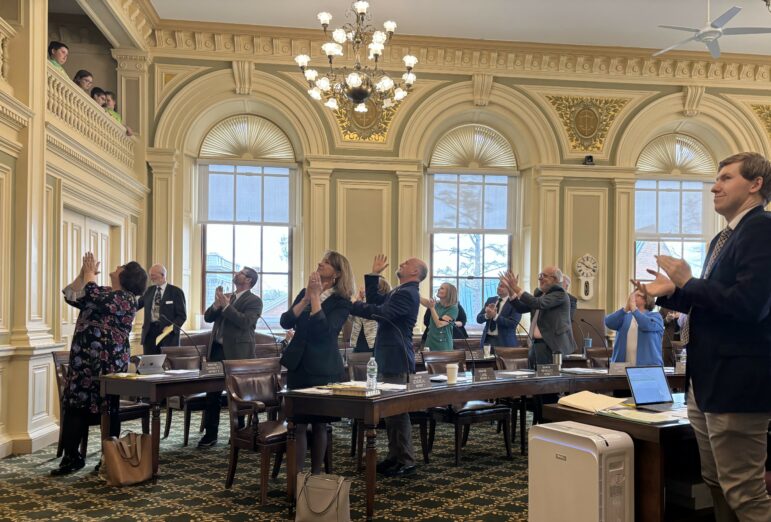Senate Passes Resolution Sponsored by Senators Hassan, Casey, and Isakson Designating March 25 Cerebral Palsy Awareness Day
WASHINGTON – Yesterday, the U.S. Senate unanimously passed a resolution sponsored by Senators Maggie Hassan (D-NH), Bob Casey (D-PA), and Johnny Isakson (R-GA) designating March 25, 2017, as “National Cerebral Palsy Awareness Day.”
Senators Casey and Isakson have also led on introducing and passing this resolution in past years.
“Raising awareness about cerebral palsy is critical to ensuring that those who experience this disability are fully included in their communities and have the same opportunities that all parents want for their children,” Senator Hassan said. “As the mother of a bright, funny man born with cerebral palsy, I am proud and honored to join Senators Casey and Isakson – two long-time advocates for those who experience disabilities – in introducing this resolution to help increase awareness about cerebral palsy.
“Because of the tireless work of the advocates, educators, and public officials who came before us, my son was able to go to a public school in his hometown and make friends like any other child, but there is still much more work to do to ensure that those who experience disabilities are treated as equals in our society. I look forward to working with Senators Casey, Isakson, and the rest of my colleagues to ensure that our health care system, schools, businesses, and government are inclusive and supportive of those who live with disabilities.”
Approximately 764,000 individuals in the United States are affected by cerebral palsy, including an estimated 1 in 323 children, making it the most common motor disability in children. Cerebral palsy is caused by damage to one or more specific areas of the developing brain, which impacts the development of movement and posture. Although there is no cure, treatment often improves the capabilities of a child with cerebral palsy, and scientists and researchers remain hopeful for a breakthrough in cerebral palsy research.





